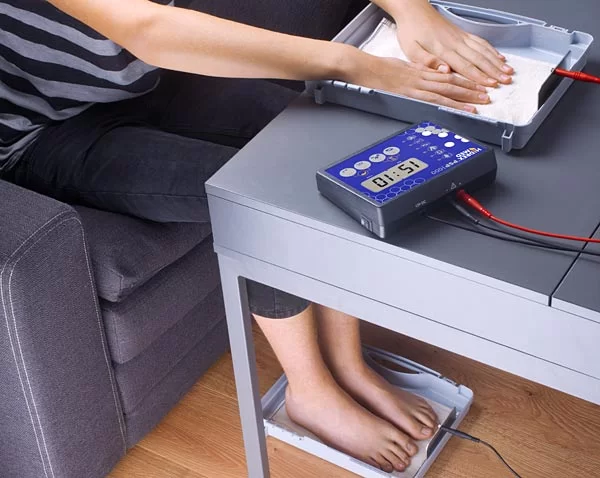CONTRAST BATH USE IN PHYSIOTHERAPY
DEFINATION: Contrast bath therapy is a physical therapy treatment in which all or part of the body is immersed first in hot water, then in ice water, and then the procedure of alternating hot and cold is repeated several times. The contrast bath can help improve circulation around your injured tissue. This is one of…









